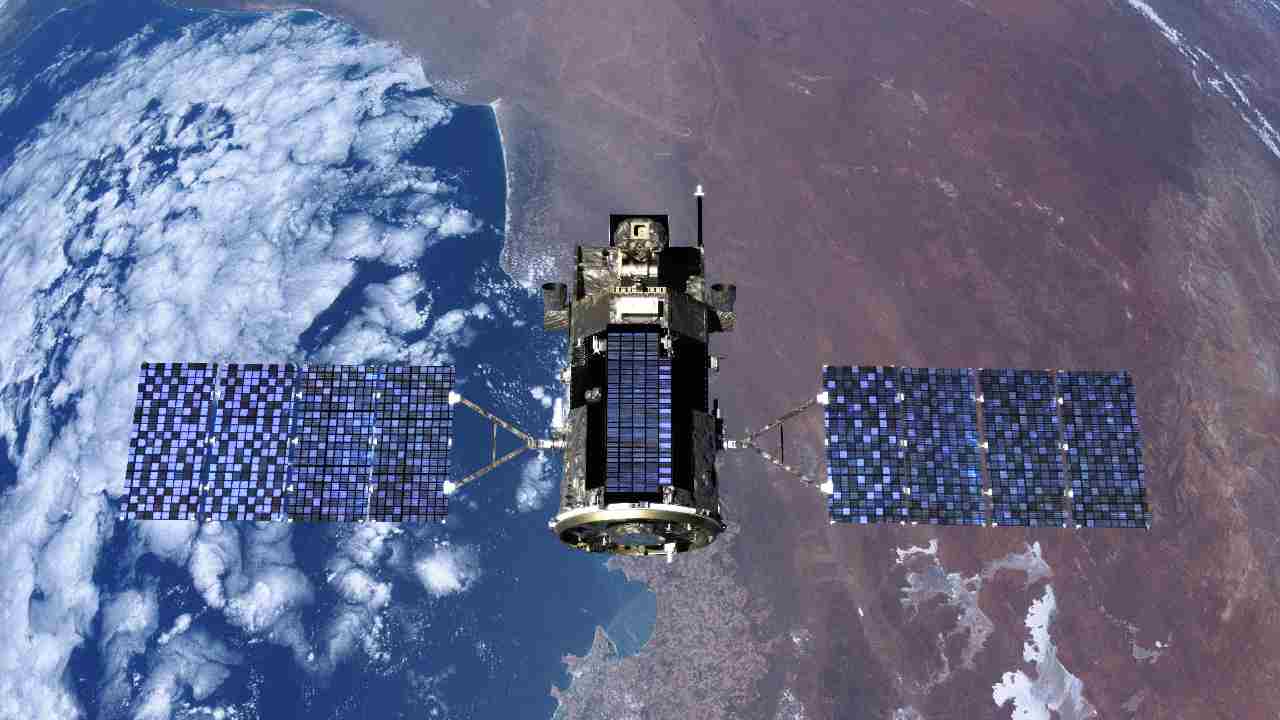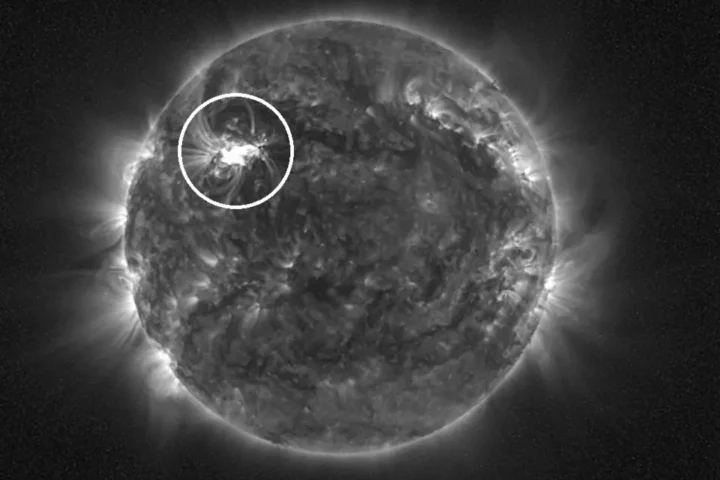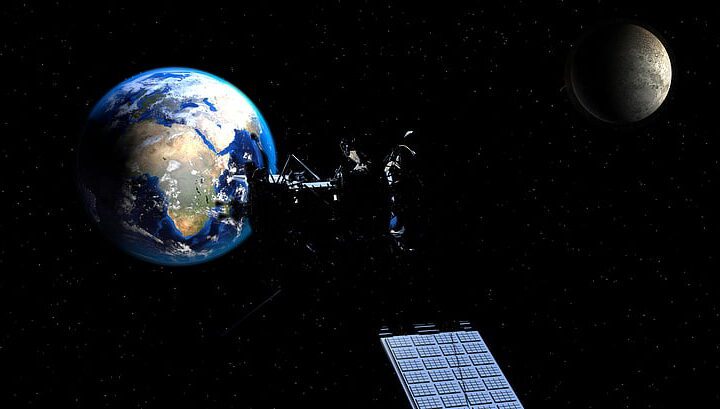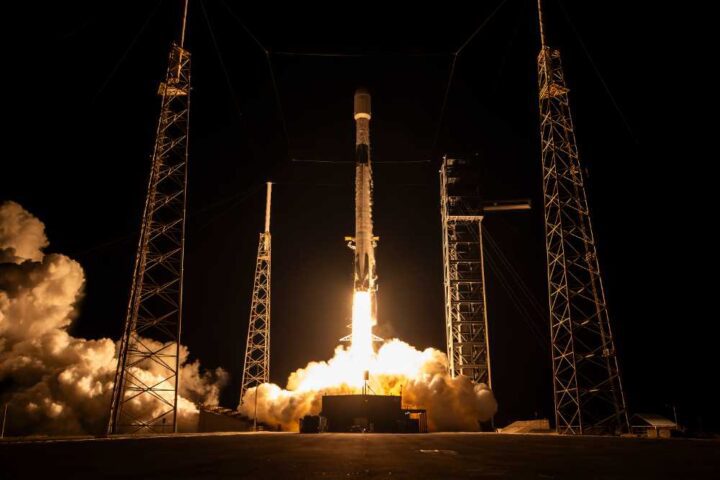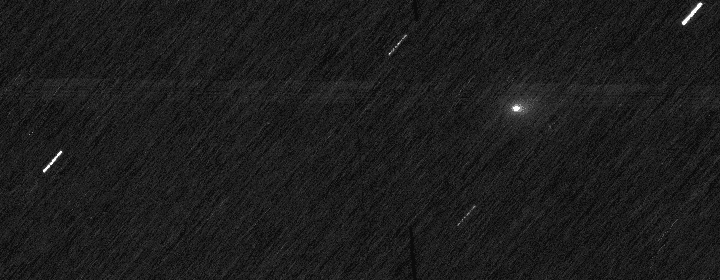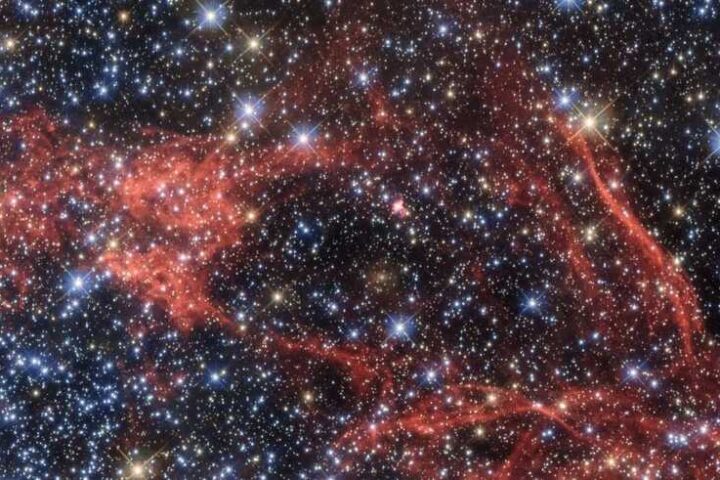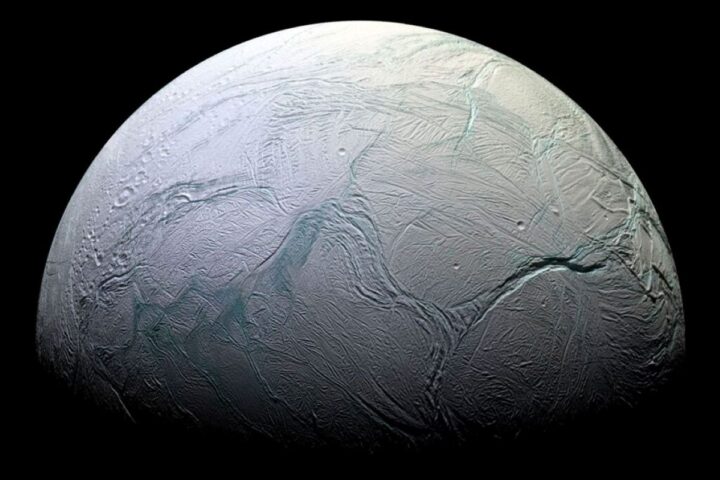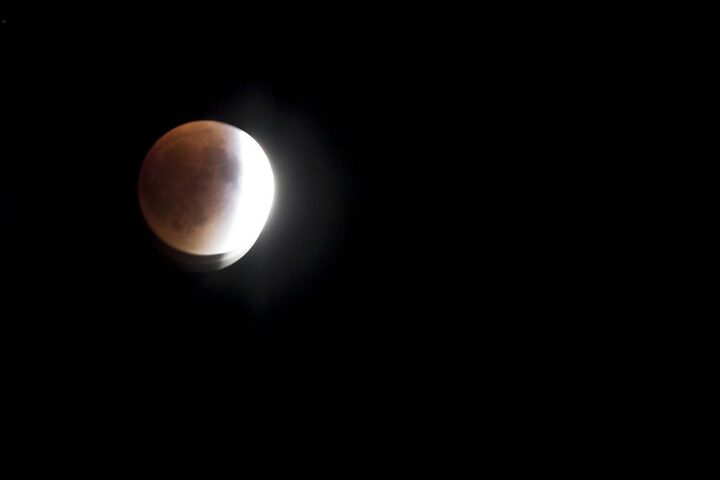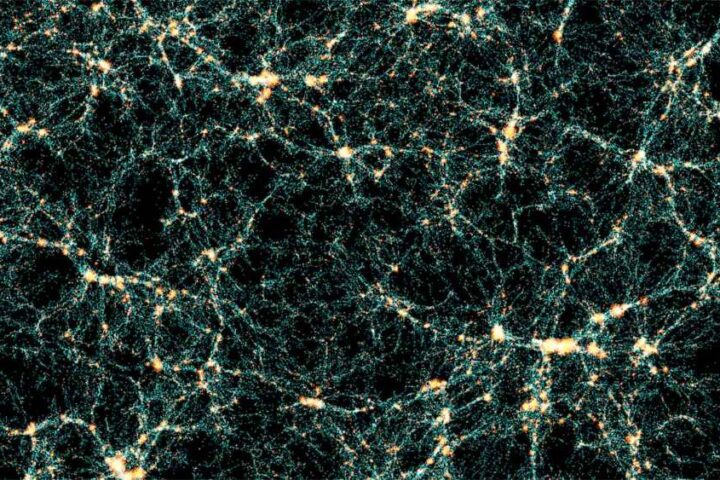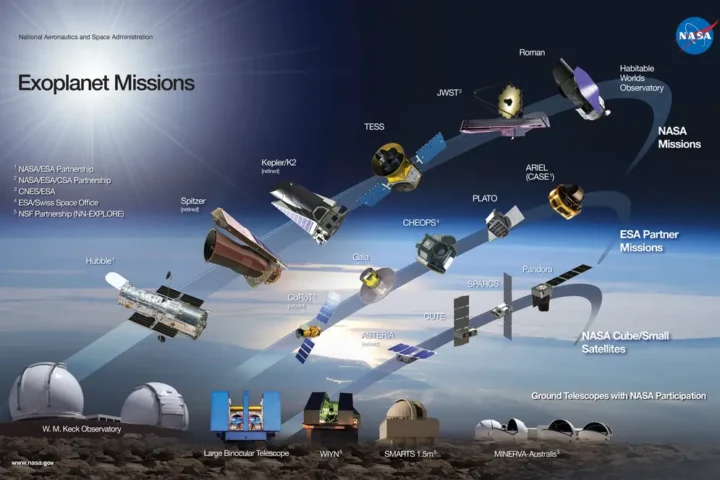Engineers at the University of Surrey have developed a protective coating that could revolutionize how we power spacecraft. The coating, dubbed a “cosmic veil,” helps next-generation solar cells survive the harsh conditions of space.
The innovative layer shields perovskite solar cells — a promising lightweight and low-cost alternative to traditional panels — from damaging space radiation that would otherwise destroy them.
“Perovskite solar cells are promising for space, but the various sources of radiation in our solar system are still a major threat – especially to the organic molecules that make them work,” explains Dr. Jae Yun, Lecturer in Energy Technology at Surrey. “Our coating helps protect those fragile parts, stopping them from breaking down and helping the cells stay efficient for longer.”
The protective coating uses a chemical called propane-1,3-diammonium iodide (PDAI₂). It works by stabilizing unstable molecules within the solar cells, preventing harmful chemical reactions that would otherwise create gases like ammonia or hydrogen that escape and weaken the cells.
To test how well their coating worked, the research team subjected both treated and untreated solar cells to high levels of proton radiation. This simulated more than 20 years of exposure in low-Earth orbit — the region where most satellites operate. The treated cells performed significantly better, maintaining more of their efficiency and showing less internal damage.
The research represents a breakthrough for space power generation as perovskite solar cells can achieve specific power values exceeding 23 kW/kg. This is dramatically higher than conventional silicon panels, which typically produce less than 200 W/kg. Such high power-to-weight ratios are crucial for space missions, where every gram of payload costs thousands of dollars to launch.
Similar Posts
The coating’s development wasn’t just a solo effort by Surrey. Researchers collaborated with partners from Oxford University, the University of New South Wales in Australia, and several South Korean institutions including Chungbuk National University, Gyeongsang National University, and KRICT.
Professor Ravi Silva, Distinguished Professor and Director of the Advanced Technology Institute at Surrey, highlighted the importance of this collaborative approach: “This project is a brilliant example of how our cross-institute collaborations can deliver real impact. By bringing together expertise from the Advanced Technology Institute, the Surrey Ion Beam Centre, and the Institute for Sustainability, we’re able to tackle complex global challenges – like developing the next generation of clean energy technologies for space.”
The technology could eventually lead to significant cost reductions for space missions. Preliminary estimates suggest manufacturing costs could be up to 50% lower compared to current space-grade solar cells. The coated perovskite cells are also compatible with flexible substrates, which could enable rollable solar arrays that deploy from compact packages once in space.
Beyond traditional satellites, the protected cells could power smaller CubeSats, lunar orbiters, and deep-space probes where both radiation tolerance and low mass are essential requirements.
The findings from this study have been published in the scientific journal Joule, and the team plans to present their work at the PVSPACE-25 conference in Rome this September.
As space agencies and private companies launch more satellites and plan ambitious missions to the Moon and beyond, innovations like Surrey’s “cosmic veil” could play a crucial role in making space exploration more affordable and sustainable.
